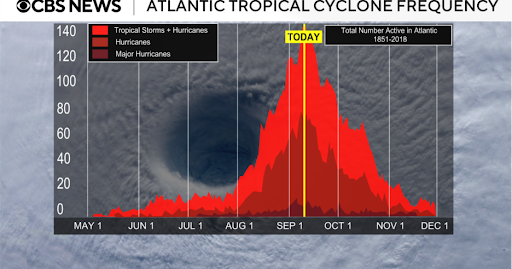Tourists visit the Huangguoshu Waterfall of "Monkey King" fame in China's Guizhou province on Oct. 5, 2025, during a week-long public holiday.
Vcg | Visual China Group | Getty Images
BEIJING — The World Bank on Tuesday raised its 2025 growth forecast for China as part of an overall boost in projections for East Asia and the Pacific, after a summer that saw U.S. tariff-led uncertainty rock the global economy.
The World Bank now projects China's economy to expand by 4.8%, compared with 4% predicted in April. The new forecast is closer to China's official target of around 5% growth in gross domestic product in 2025.
The economists did not provide a specific reason for the change in forecast from April, but noted that China's economy has benefited from government support that could fade next year.
Trade tensions between China and the U.S. escalated in April, temporarily sending U.S. tariffs on Chinese imports to well over 100% before the two countries reached a trade truce — now in effect until mid-November. For now, U.S. tariffs on China are 57.6%, more than double where they were at the start of the year.
China ramped up stimulus in late 2024 and has maintained targeted consumer trade-in programs this year to support retail sales. The country's exports, a major driver of its growth, have continued to rise so far this year, as shipments to Southeast Asia and Europe have offset a sharp decline in exports to the U.S. Businesses ramping up orders ahead of higher tariffs have also helped support China's exports.
Growth in exports helped China offset drags on domestic growth such as the ongoing real estate slump and tepid consumer spending. But that momentum is expected to slow.
The World Bank projects China's GDP growth to ease to 4.2% in 2026, partly due to slower exports growth. Economists also anticipate that Beijing will tone down stimulus to keep public debt levels from rising too quickly, while China's overall economic growth slows compared with its rapid expansion in past years.

China's retail sales rose just 3.4% in August from a year ago, missing analysts' expectations. Investment in real estate fell further, down by 12.9% for the first eight months of the year, versus a 12% drop for the first seven months.
Preliminary figures for the eight-day "Golden Week" holiday that wraps up Wednesday also pointed to sluggish consumer spending.
While average daily domestic passenger trips rose 5.4% year-on-year to 296 million for the Oct. 1 to 5 period, that growth was much slower than the 7.9% seen during the May 1 to 5 public holiday, Nomura's Chief China Economist Ting Lu said in a report Monday, citing official data.
"Actual consumption growth could be even weaker than the data suggest," Lu said, noting that due to the agrarian calendar, this year's Golden Week combined what have typically been two public holidays.
Oct. 1 is China's National Day, while a traditional Mid-Autumn Festival fell on Oct. 6 this year, versus Sept. 17 last year. As a result, China's Golden Week ran from Oct. 1 to 8 this year, versus Oct. 1 to 7 last year.
The economists pointed out that one out of every seven young people in China is unemployed, while the country faces challenges from technological disruption and an aging population. The World Bank also noted that startups in China only increase employment fourfold, versus sevenfold in the U.S., highlighting that a differentiating factor was the presence of state-owned enterprises in China versus North America.
A decline in China's GDP by 1 percentage point lowers growth in the rest of developing East Asia and Pacific by 0.3 percentage points, according to World Bank estimates. With the China GDP upgrade, the region is expected to expand by 4.8% this year, versus 4% forecast earlier this year, according to the World Bank.
In June, the World Bank cut its global economic growth forecast for 2025 to 2.3%, largely due to trade uncertainty, noting it would be the slowest expansion since 2008, excluding global recessions.











 English (US) ·
English (US) ·